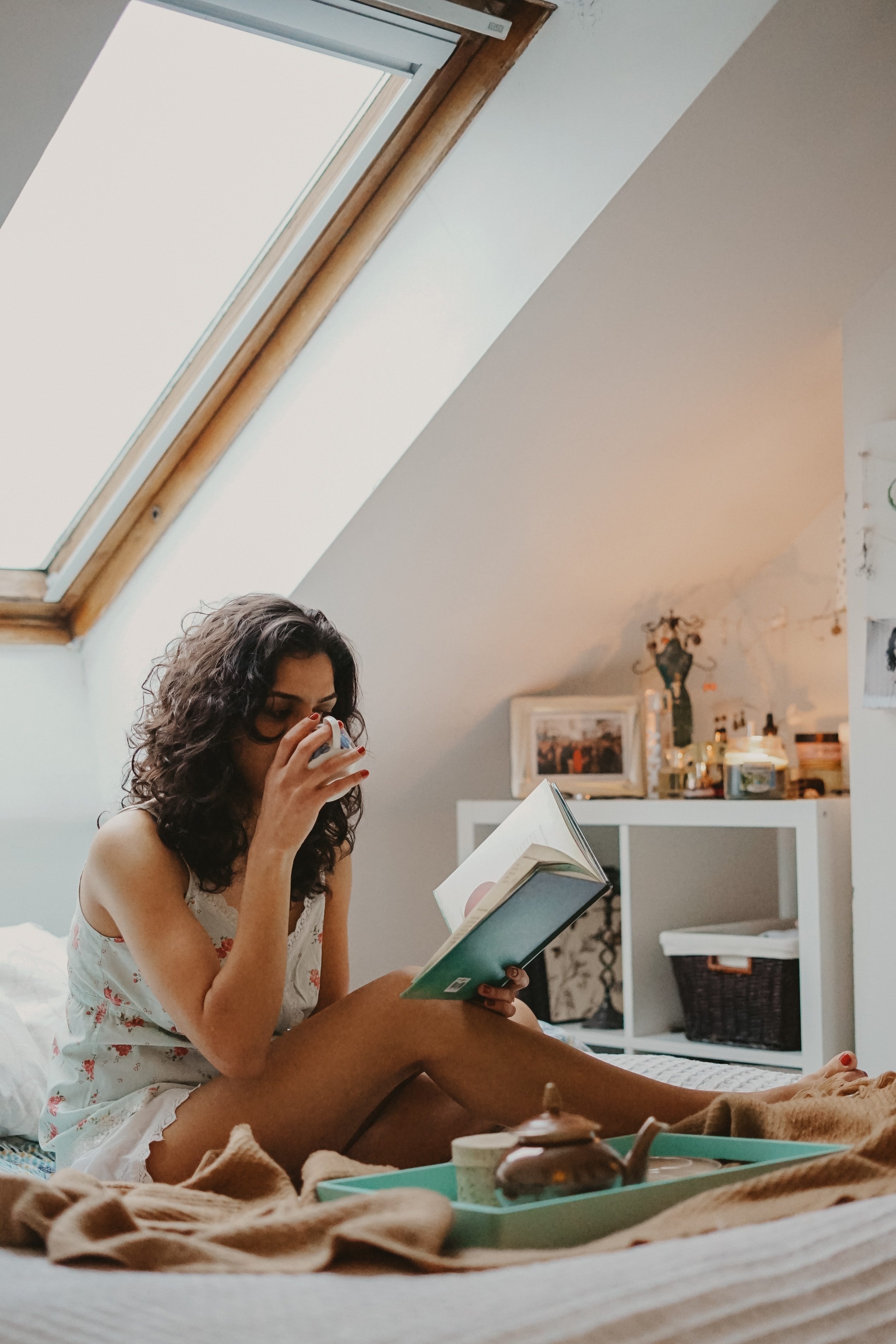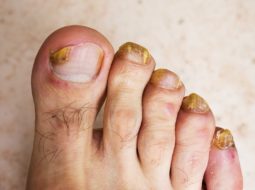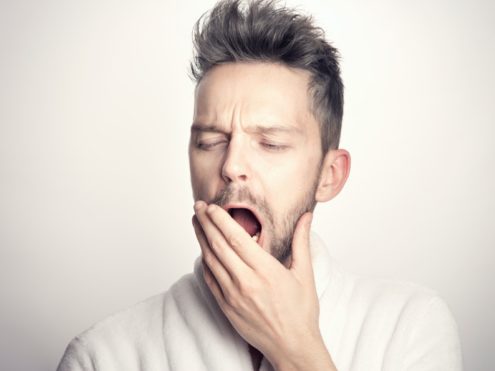What To Do When You Cannot Sleep
Insomnia is a prevalent sleep disorder characterized by difficulties in falling asleep, staying asleep, or both, with considerable implications for overall well-being. Lets explore various strategies and techniques to address insomnia and enhance sleep quality.
See the following practical tips on establishing consistent sleep schedules, creating relaxing bedtime routines, and cultivating an environment conducive to sleep.
Additionally, take note of some of the therapeutic approaches such as cognitive behavioral therapy and relaxation techniques.
By prioritizing sleep and seeking professional guidance if necessary, individuals can better manage their sleep problems effectively.
Key Takeaways
- Establish a consistent sleep schedule by going to bed and waking up at the same time every day.
- Create a relaxing bedtime routine, such as reading a book or practicing relaxation techniques.
- Ensure a sleep-friendly environment by keeping the bedroom cool, dark, and quiet.
- Limit exposure to electronic devices, especially before bed, to avoid interference with sleep.
Managing a Hot and Sweaty Room
One factor that may contribute to difficulty falling asleep is a hot and sweaty room, as it can disrupt the body's thermoregulation and hinder the process of sleep initiation. The body naturally cools down during sleep to facilitate the transition from wakefulness to sleep. When the room temperature is too high, it can interfere with this cooling process, making it harder for individuals to fall asleep. Sweating in a hot room further exacerbates this issue by causing discomfort and increasing skin moisture, which can disrupt sleep onset.
Thermoregulation plays a crucial role in maintaining optimal sleep conditions. The body's core temperature needs to drop slightly for sleep initiation to occur successfully. A hot environment interferes with this natural cooling process, leading to increased alertness and restlessness. Moreover, excessive sweating can make individuals feel physically uncomfortable and dampen their ability to relax.
To manage a hot and sweaty room, several strategies can be implemented. Firstly, adjusting the thermostat or using fans or air conditioning can help maintain a cooler temperature in the bedroom. Additionally, using breathable bedding materials such as cotton or bamboo sheets can enhance heat dissipation and reduce sweating. Taking a cool shower before bedtime may also aid in lowering body temperature.
Dealing With Stress and Anxiety
Dealing with stress and anxiety is crucial when facing difficulties falling asleep or staying asleep. Stress and anxiety can disrupt the body's natural sleep-wake cycle, making it difficult to relax and fall asleep. Research has shown that high levels of stress and anxiety are associated with increased sleep latency, decreased sleep efficiency, and overall poor sleep quality.
There are several strategies that can be employed to help manage stress and anxiety before bedtime. Relaxation techniques such as deep breathing exercises, progressive muscle relaxation, or mindfulness meditation have been found to be effective in reducing stress levels and promoting better sleep. Engaging in calming activities like reading a book or listening to soothing music can also help alleviate stress and create a more peaceful mindset before bed.
It is important to establish a consistent bedtime routine that includes relaxation activities to signal to the body that it is time for restful sleep. Avoiding stimulating activities or electronic devices close to bedtime can also reduce stress levels and promote better sleep.
Coping With Nightmares
Coping with nightmares can be challenging as they can disrupt sleep and contribute to feelings of fear and anxiety. Nightmares are vivid, disturbing dreams that often wake a person from sleep. They may involve intense emotions, such as terror or helplessness, and typically center around themes of danger or threat. The experience of having nightmares can lead to difficulties falling back asleep and result in increased daytime fatigue and impaired functioning.
To cope with nightmares, several strategies can be employed. First, creating a calming bedtime routine that promotes relaxation and reduces stress before sleep can be beneficial. This may include engaging in activities such as reading a book or practicing deep breathing exercises. Additionally, it is important to create a sleep-friendly environment by keeping the bedroom dark, cool, and quiet.
Seeking support from mental health professionals experienced in treating nightmares may also be helpful. Techniques such as imagery rehearsal therapy (IRT) have been found to effectively reduce nightmare frequency and intensity by allowing individuals to rewrite the content of their nightmares into less distressing scenarios.
Overall, addressing the impact of nightmares on sleep quality is crucial for improving overall well-being and reducing feelings of fear and anxiety associated with these experiences.
Minimizing Distractions From Light
To minimize distractions from light, it is important to limit the amount of light exposure before bed and create a sleep environment that avoids bright lights and screens.
Bright lights can interfere with the body's natural sleep-wake cycle by signaling the brain to stay awake and reducing the production of melatonin, a hormone that regulates sleep.
One way to reduce light exposure is by installing dim motion-sensor lights in the bathroom or using low-wattage bulbs in bedroom lamps.
Additionally, it is crucial to avoid scrolling on electronic devices such as phones or tablets before bed, as the blue light emitted from these screens can further disrupt sleep patterns
Instead, engaging in relaxing activities such as reading a book or listening to soothing music can help divert attention away from intrusive thoughts and promote better sleep.
Ensuring Comfortable Bed and Pillow
Ensuring a comfortable bed and pillow is essential for creating an optimal sleep environment. The quality of the mattress and pillow can significantly affect sleep quality and overall comfort.
A supportive mattress that aligns the spine properly can alleviate pressure points and reduce pain, improving the chances of falling asleep quickly. Additionally, a pillow that provides adequate neck support is crucial for maintaining proper spinal alignment during sleep.
When selecting a mattress, individuals should consider their preferred sleeping position (back, side, or stomach), body weight, and personal preferences regarding firmness. It is recommended to test different mattresses before making a purchase to find the most suitable option.
Similarly, choosing the right pillow involves considering factors such as sleeping position, head and neck size, and desired level of support. Pillows come in various materials (e.g., memory foam, latex) with different levels of firmness. Experimenting with pillows of different heights and densities can help determine which one provides optimal comfort.
Regularly replacing both the mattress and pillow is essential as they tend to degrade over time due to wear and tear. On average, mattresses should be replaced every 7-10 years while pillows should be changed every 1-2 years.
Patience and Persistence: Time Before Falling Asleep
Patience and persistence are required when it comes to the amount of time it takes to fall asleep. It is normal for individuals to experience some difficulty in falling asleep, especially when facing stressful situations or disruptions in their routine sleep schedule. On average, it may take around 20 to 30 minutes for a person to transition from wakefulness to sleep. However, this can vary among individuals.
During this transitional period, engaging in relaxing activities such as reading a book or practicing deep breathing techniques can help calm the mind and promote sleep onset. It is important to create a conducive sleep environment by ensuring that the room is quiet, dark, and at a comfortable temperature. Avoiding exposure to electronic devices before bedtime is also recommended, as the blue light emitted from screens can interfere with melatonin production and delay sleep initiation.
If unable to fall asleep within 15-20 minutes, it is advised not to stay in bed but instead get up and engage in a relaxing activity until feeling sleepy. This helps prevent associating the bed with wakefulness and promotes better sleep quality overall. Additionally, avoiding clock-watching or looking at smartphones during this time can reduce anxiety about perceived lack of sleep.
Exploring Alternative Techniques
Exploring alternative techniques can provide individuals with a variety of options to enhance their ability to fall asleep more quickly and improve sleep quality. When traditional methods such as establishing a consistent sleep schedule, creating a relaxing bedtime routine, and ensuring a sleep-friendly environment do not yield satisfactory results, it may be beneficial to try other strategies.
Cognitive Behavioral Therapy for Insomnia (CBT-I) is one alternative technique that helps individuals identify and change negative thoughts and behaviors associated with sleep. Relaxation techniques like progressive muscle relaxation, guided imagery, or aromatherapy can also promote better sleep by inducing a state of calmness.

Sleep restriction therapy is another option that involves matching the time spent in bed with actual sleep obtained. Additionally, adopting good sleep hygiene habits such as avoiding naps, exercising regularly, and avoiding heavy meals close to bedtime can contribute to improved sleep quality.
It is important for individuals experiencing difficulty falling asleep to explore these alternative techniques in order to find an approach that best suits their needs and preferences.
Cultivating a Silent Sleep Environment
Creating a silent sleep environment involves minimizing noise distractions to promote optimal conditions for falling asleep. Noise can disrupt the process of falling asleep and can have a negative impact on sleep quality. While the room doesn't have to be completely noiseless, it is important to avoid loud noises that may disturb sleep. This includes sounds from outside, such as traffic or construction, as well as sounds within the house, such as appliances or other people talking.
Avoiding technology is also crucial in creating a silent sleep environment. Brightly lit screens from phones, computers, tablets, and TVs can divert attention and interfere with the ability to fall asleep. Even a text message notification can disrupt the process of falling asleep. It is recommended to turn off these devices before bedtime to minimize their impact on sleep.
Reading can be used as a relaxation technique before bed and does not require physical activity. It allows individuals to lie down and let their eyes and mind rest, promoting a state of relaxation conducive to falling asleep. Reading helps shift focus away from any thoughts or worries that may prevent sleep.
Detoxing From Technology
Detoxing from technology involves refraining from the use of electronic devices such as phones, computers, tablets, and TVs before bedtime to minimize their disruptive effects on sleep. The bright screens emitted by these devices can divert attention and interfere with the process of falling asleep. Research has shown a significant link between phone screen exposure and reduced sleep duration and quality. Even receiving a text message during the night can disrupt the ability to fall back asleep. Therefore, it is important to turn off electronic devices and create a technology-free environment in the hours leading up to bedtime.
By avoiding technology before bed, individuals can create a conducive sleep environment that promotes relaxation and restful sleep. Reading a book is often recommended as an alternative activity that allows for de-stressing and mental relaxation without physical exertion. This can help shift the mind into a resting state, making it easier to fall asleep.

Finding Relaxation in Reading
Engaging in a book can serve as a relaxation technique before bed, promoting a state of calmness and facilitating the transition into sleep. Reading allows individuals to divert their attention away from sleep-related concerns and immerse themselves in an enjoyable and relaxing activity. This shift in focus helps to quiet the mind and reduce stress, making it easier to fall asleep. Furthermore, reading requires minimal physical activity, allowing the body to remain in a resting state while the eyes and mind are engaged with the text. As individuals lie down and read, they enter into a more relaxed state conducive to sleep.
The act of reading before sleep can also help establish a regular bedtime routine, signaling to the brain that it is time to wind down and prepare for rest. By incorporating reading into their nightly routine, individuals create an association between this activity and relaxation, further enhancing its effectiveness as a pre-sleep technique.
It is important to note that choosing appropriate reading materials is essential for promoting relaxation before bed. Opting for genres that are not overly stimulating or emotionally charged can aid in achieving a calm mental state necessary for falling asleep easily. By selecting books that are light-hearted or have soothing themes, individuals can maximize the benefits of reading as a relaxation technique before bed.
Conclusion
In conclusion, overcoming insomnia and improving sleep quality requires implementing various strategies and techniques. These include:
- Establishing a consistent sleep schedule
- Creating a relaxing bedtime routine
- Ensuring a sleep-friendly environment
Cognitive behavioral therapy, relaxation techniques, and sleep restriction therapy can also be effective in managing insomnia. It is important to prioritize sleep and seek professional help if sleep problems persist.
By adopting good sleep hygiene habits and making necessary changes to our routines and environments, we can enhance our ability to fall asleep and stay asleep.
Previous Posts






